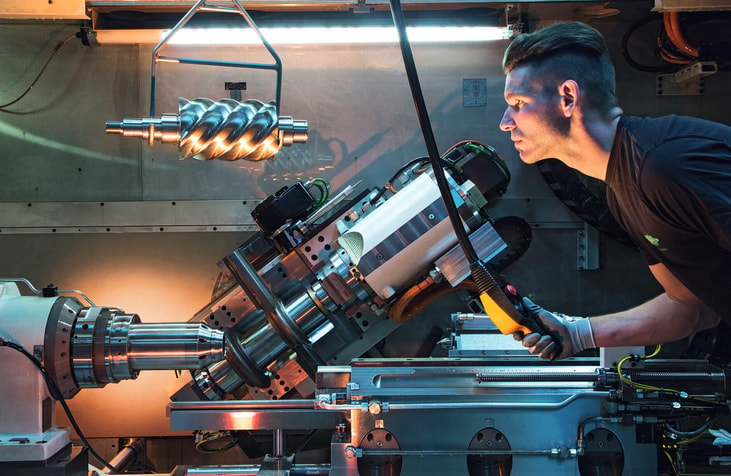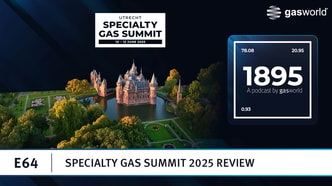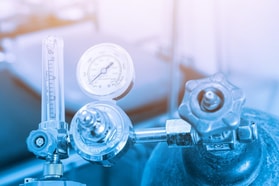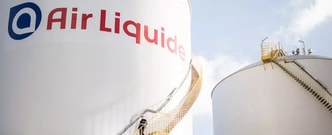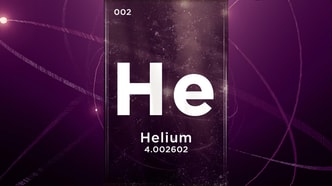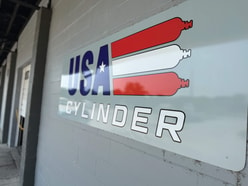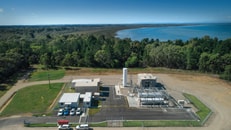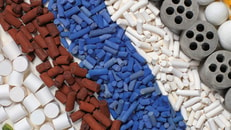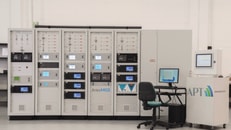Natural refrigerants: Carbon dioxide, ammonia and propane
Fluorinated hydrocarbons, known as F-Gases have dominated the refrigerant gases sector for decades. There has been a progressive transition away from ozone depleting CFCs through to HCFCs that were less damaging to the ozone layer but have a high global warming potential (GWP).
HFCs replaced HCFCs and how HFOs are being introduced as the fourth generation of F-Gases. HFO’s contain a double bond in the molecule so that UV light from the sun can easily break them down when they are emitted into the atmosphere.
Whilst the transition to HFOs has reduced the environmental risk of using refrigerant gases, there are alternatives that are even less risky to the environment. They are the so-called ‘natural refrigerants’. The most common three are carbon dioxide (R774), ammonia (R714) and propane (R290). Also included in this category are water (R718) and the hydrocarbons isobutane (R600a), n-butane (R600), n-pentane (R601), isopentane (R601a) and cyclo-pentane.
... to continue reading you must be subscribed

